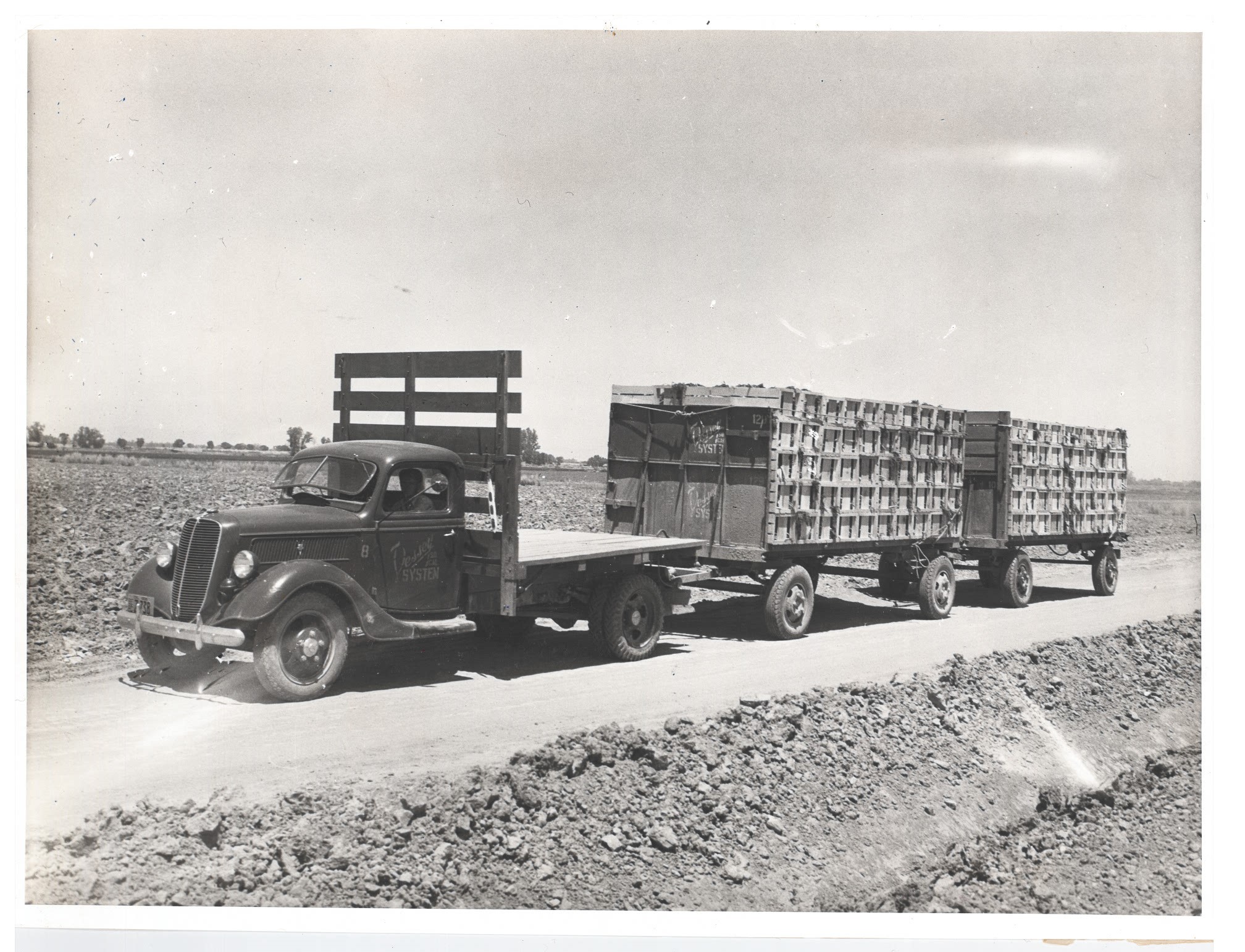
Recently, this blog writer had a chance to interview farmers in the Imperial Valley whose farming operations are 100 years old and, in some cases, even older—over 115 years old. It’s fascinating to listen to their family stories and hear the tales of grandparents and great-grandparents who chose to travel to the Valley by wagon when agriculture and ranching were just beginning in the region. Imagine the Imperial Valley in the early parts of the 1900s, at that time still an untamed frontier that offered the promise of land but a harsh environment in which to forge a new life. Yet, they still made their way to the Imperial Valley, purchased their land, helped build the infrastructure still in use today, and ultimately began farming and cattle and dairy operations that have stood the test of time thanks to the later generations who have continued the heritage their families began.
This blog has no other point than to voice admiration for the pioneering men and women in the Imperial Valley who planted the seeds of what would flourish into more than 400,000 acres of fertile farmland responsible for producing crops that feed the state, the nation, and even the world. They did it with mules and horses, they did it despite the 1905 flooding disaster that formed the present-day Salton Sea, and they did it in a climate where temperatures during the summer exceed 110 degrees (reaching as high as 120 degrees), and they did it without air conditioning.
Earlier this month, the Pioneers Museum in Imperial held its annual Pioneers Day, celebrating the Valley’s pioneers and highlighting how they lived. It’s a great event that is both educational and fun as it harkens back to the obstacles the pioneers faced, their adaptability and innovation. During the summer months, they slept under screened porches and hung wet sheets to fight off the heat. Many slept with wet sheets wrapped around them. Despite the challenges, it was these same pioneers who would eventually dig the All-American Canal, largely with mules and scrapers, which ultimately was key to managing the flow of the Colorado River into the region.
This blog writer appreciated having the chance to interview the farming families who shared their stories. Today, they represent the third, fourth, and in some cases the fifth generation of their families farming in the Imperial Valley. The stories of their families’ challenges, their first tractors, swamp coolers (an early air conditioning device), the benefit of two-way radios that aided communication, and the innovative ways they learned to use water, provide a glimpse into the agricultural tapestry weaved together to form the Valley’s history. Their stories also provide insight into their love of farming that continues today.
Sharing their stories is one reason this website, Imperial-San Diego Currents, exists. As we venture into a new year that will bring new sets of challenges and opportunities, this website can stand as a resource to share information and more importantly, stories. This website has two key focus areas—this blog page, which primarily tackles water issues, and the community spotlight page that highlights community features, including stories on people, organizations, or programs important to the entire region. If you have an idea for a water blog, a question you would like addressed as it pertains to water issues, or have an idea for a community spotlight article, please reach out to Darren Simon at dsimon@sdcwa.org or contact him at 760-337-1386.
Stay tuned for more stories to come throughout this year.